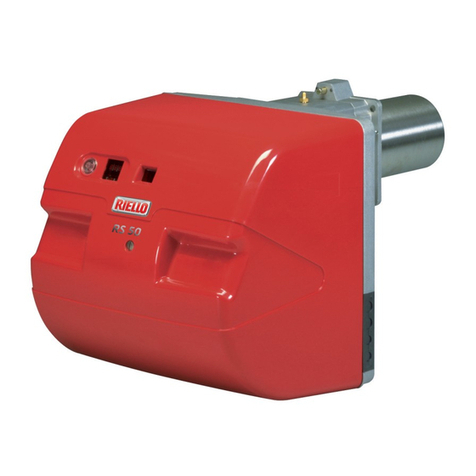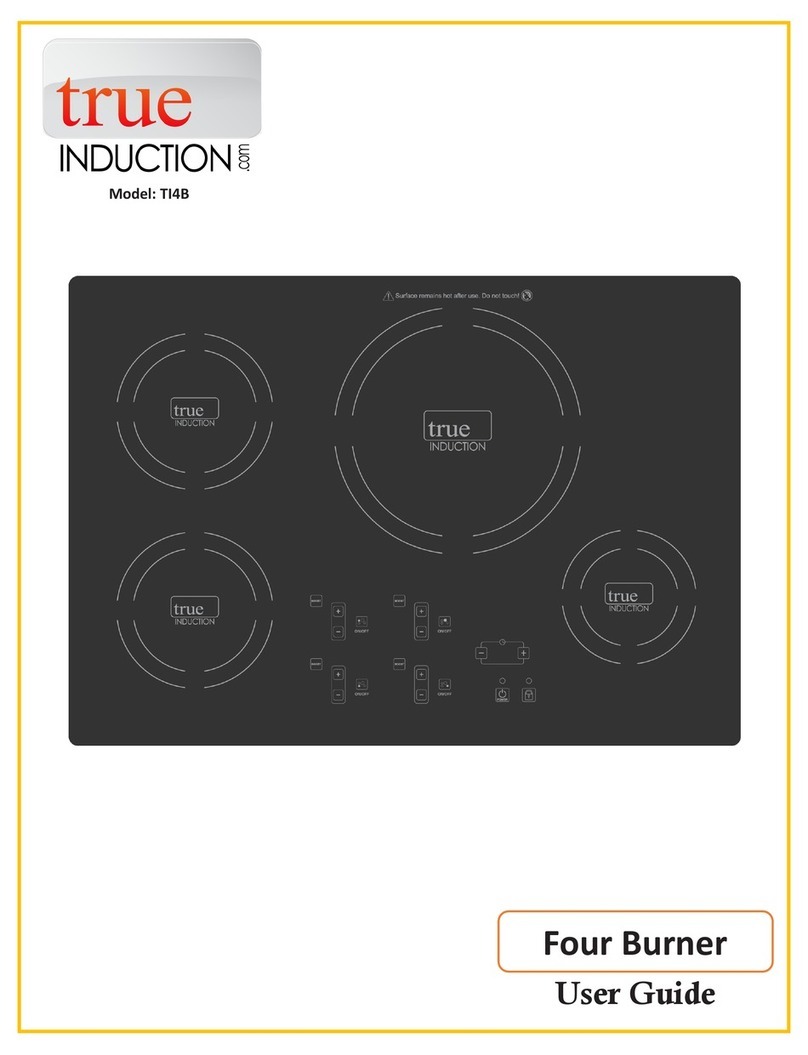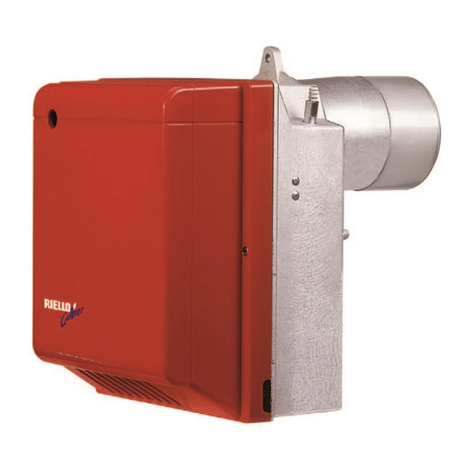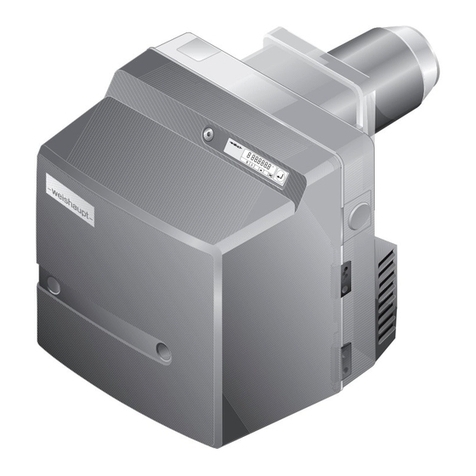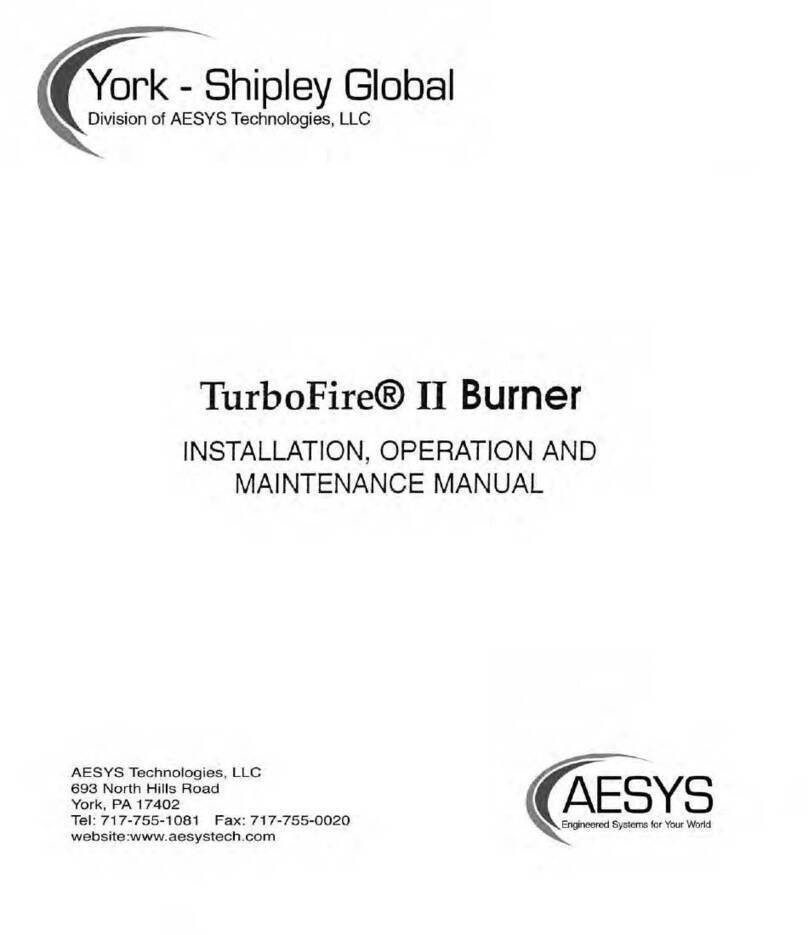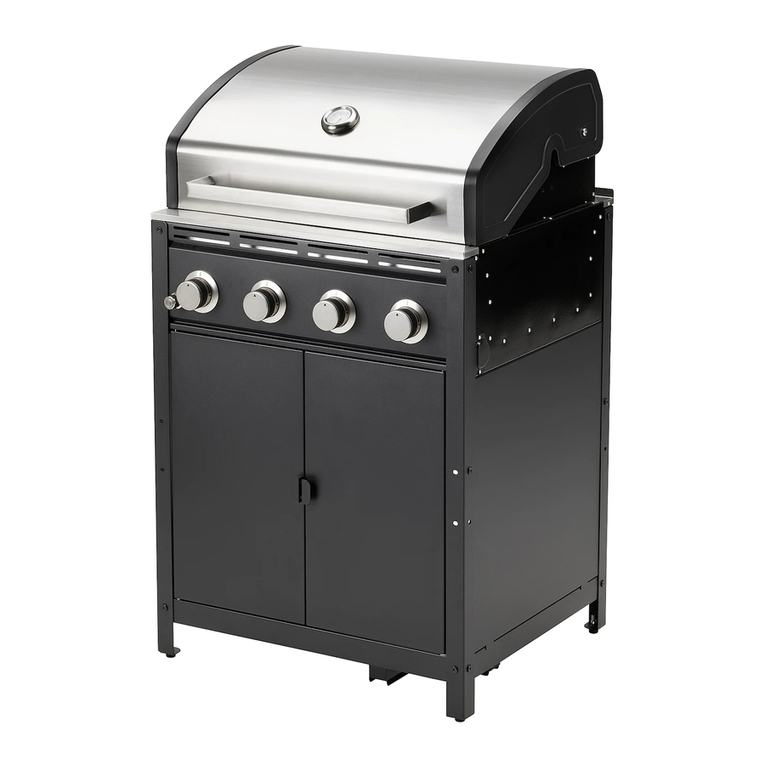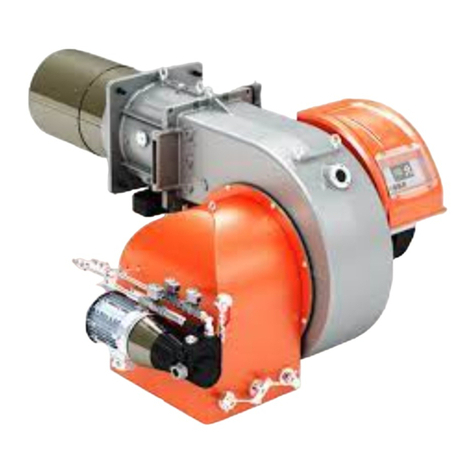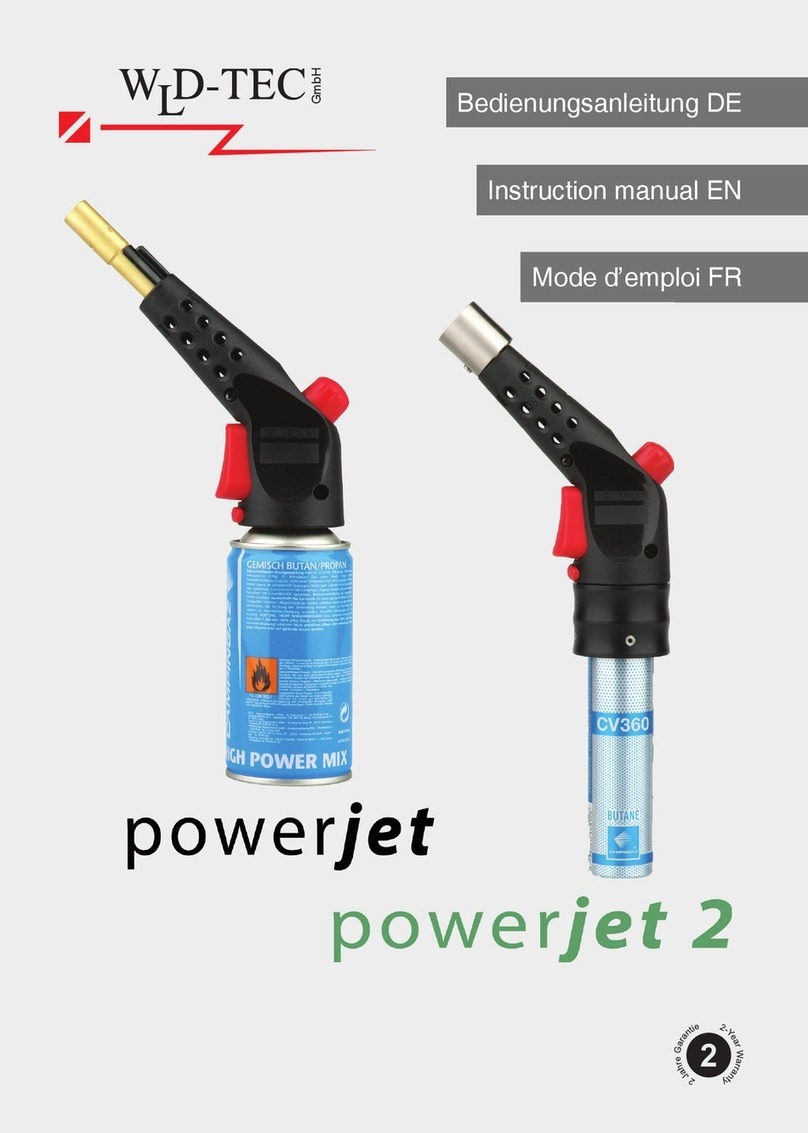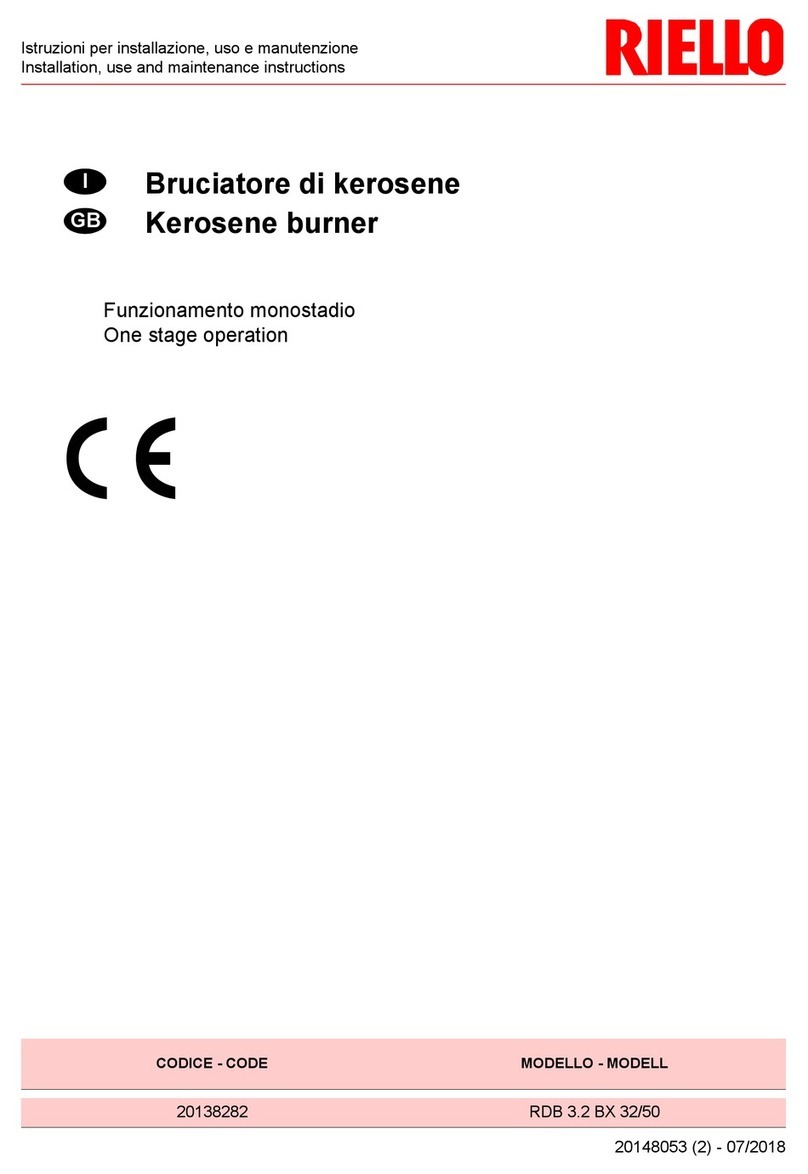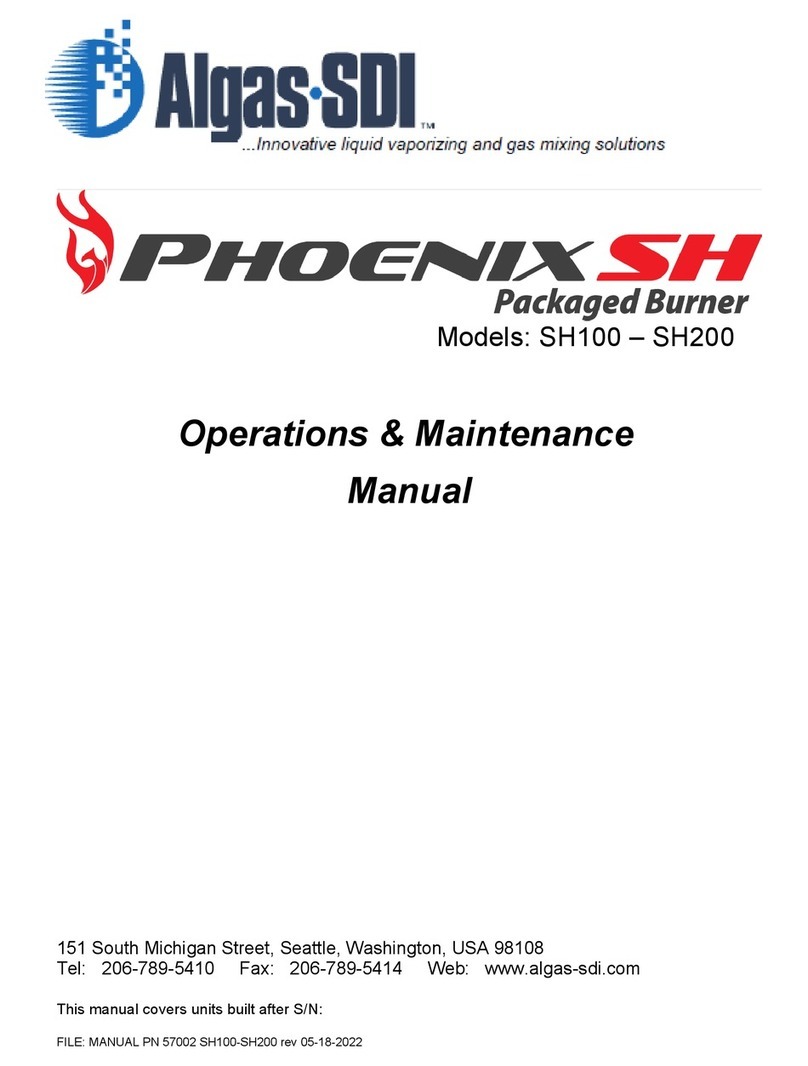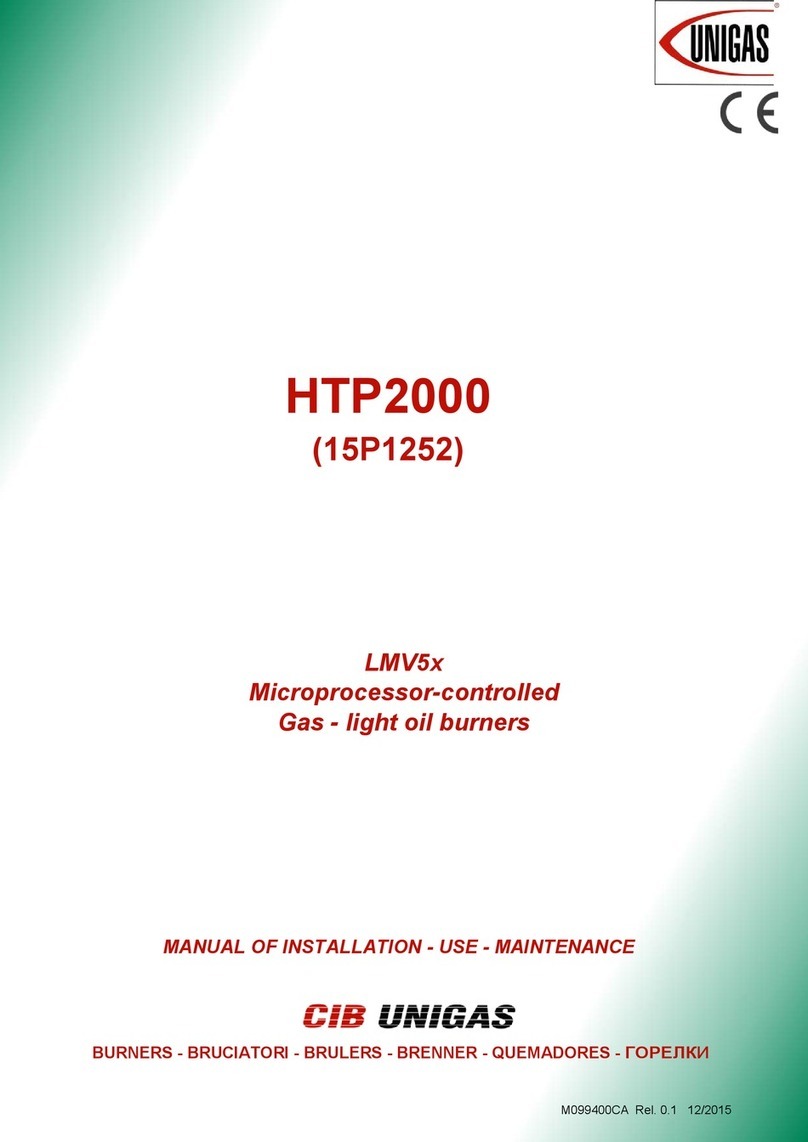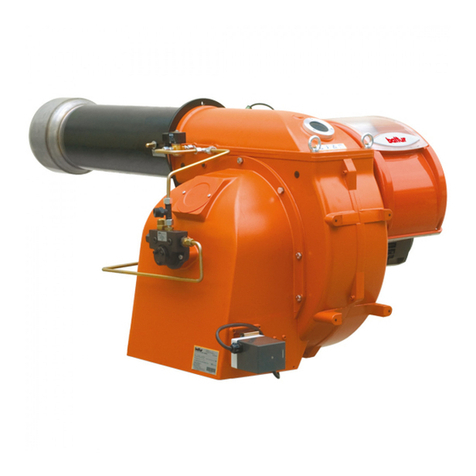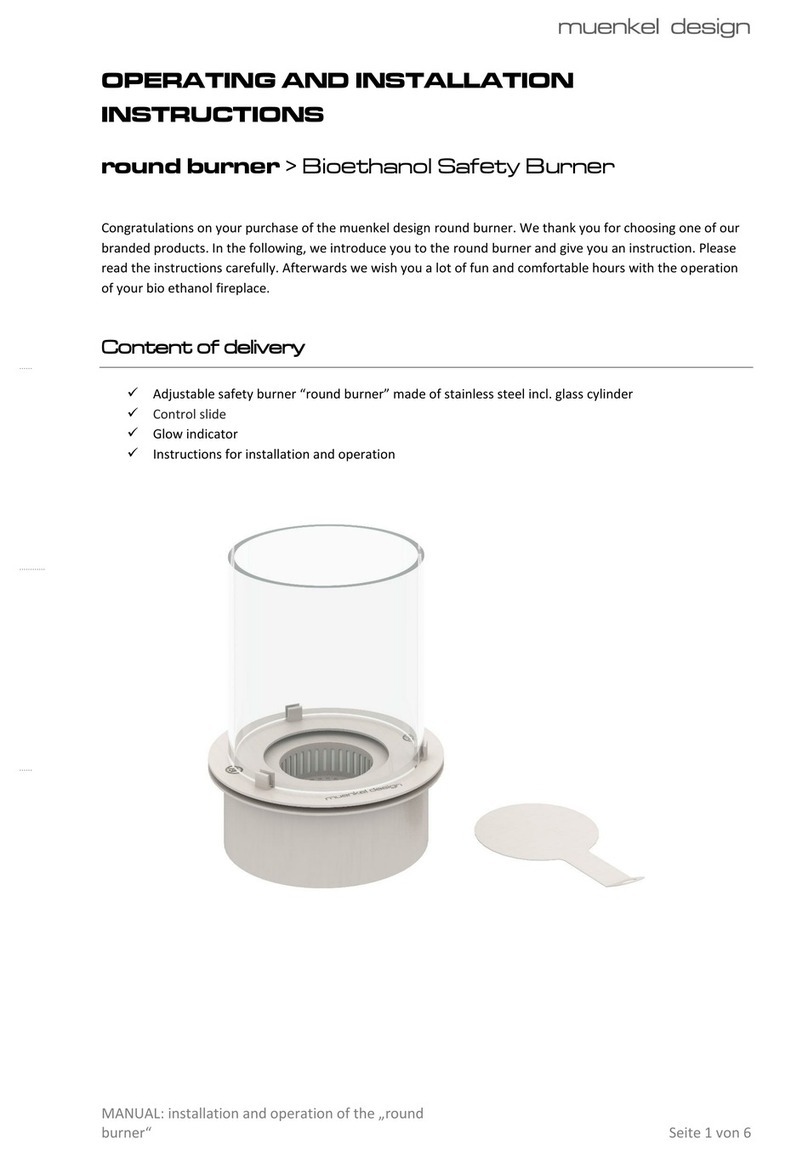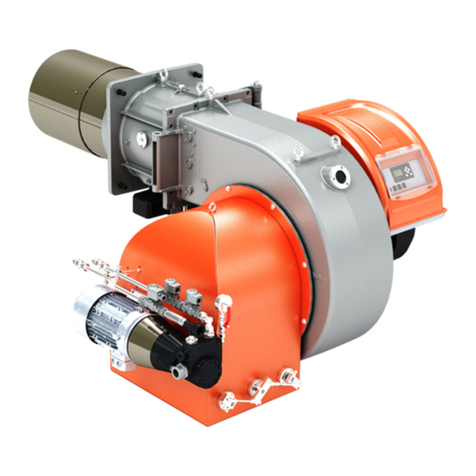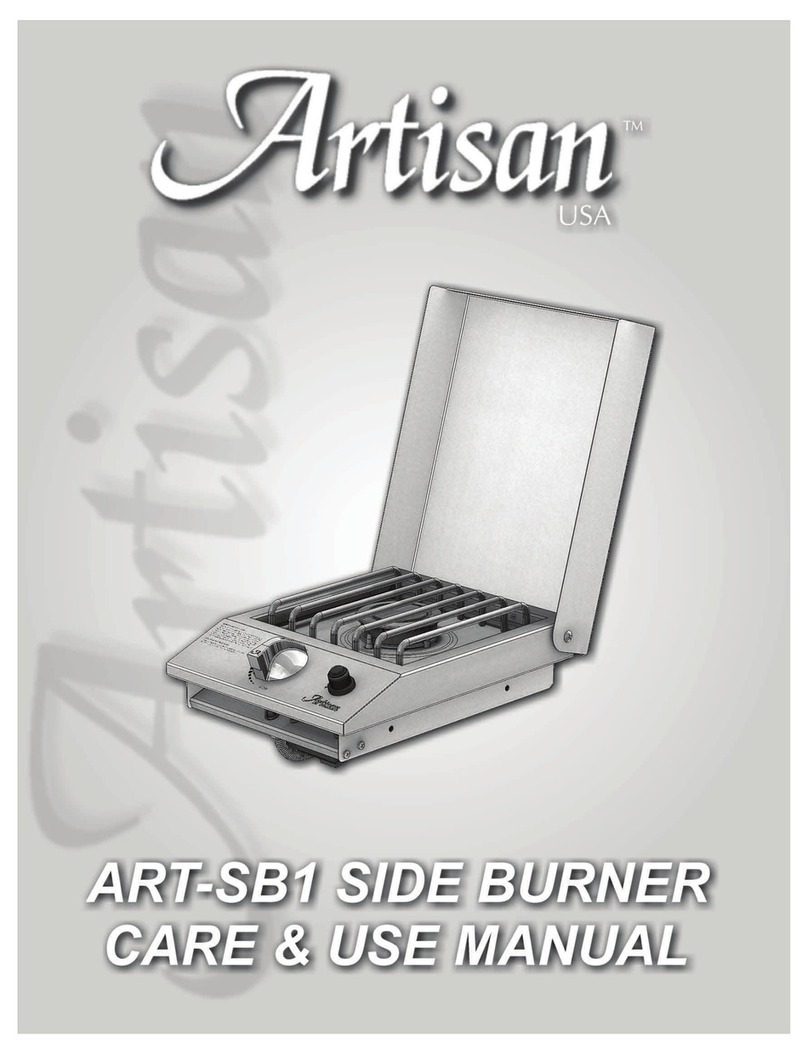
Table of Contents
1. INTRODUCTION......................................................................................................................................... 1
PRODUCT DESCRIPTION ...................................................................................................................................................1
MAJOR COMPONENTS ....................................................................................................................................................2
2. INSTALLATION ........................................................................................................................................ 3
HANDLING ....................................................................................................................................................................3
STORAGE ......................................................................................................................................................................3
CHECKLIST BEFORE INSTALLATION......................................................................................................................................3
INTAKE .........................................................................................................................................................................3
EXHAUST ......................................................................................................................................................................3
ACCESS ........................................................................................................................................................................3
ENVIRONMENT ..............................................................................................................................................................4
PREPARING THE BURNER .................................................................................................................................................4
ROTATE THE REAR COVER (OPTIONAL) ...............................................................................................................................5
INSTALLING THE FLAME SUPERVISION .................................................................................................................................6
INSTALLING THE IGNITER ..................................................................................................................................................7
BURNER INSTALLATION....................................................................................................................................................7
ALLOY COMBUSTOR........................................................................................................................................................8
CHECKLIST AFTER INSTALLATION........................................................................................................................................9
PREPARE FOR START UP/ADJUSTMENT...............................................................................................................................9
3. OPERATION ............................................................................................................................................... 1
INITIAL SETUP ................................................................................................................................................................1
FIXED AIR SYSTEMS (AIR FLOW)........................................................................................................................................2
FIXED AIR SYSTEMS (GAS FLOW).......................................................................................................................................2
ON-RATIO GAS SYSTEMS (AIR FLOW).................................................................................................................................3
ON-RATIO GAS SYSTEMS (GAS FLOW)................................................................................................................................3
MANUAL STARTUP GUIDE................................................................................................................................................4
MANUAL SHUTDOWN GUIDE ...........................................................................................................................................4
4. MAINTENANCE .......................................................................................................................................... 1
MAINTENANCE ..............................................................................................................................................................1
MONTHLY CHECKLIST (OPTIONAL).....................................................................................................................................1
ANNUAL CHECKLIST ........................................................................................................................................................2
5. TROUBLESHOOTING ............................................................................................................................... 1
TROUBLESHOOTING PROCEDURES......................................................................................................................................1
SPARE PARTS LIST MODELS VH100 –VH200 ....................................................................................................................3
SPARE PART LIST MODELS VH100 –VH200......................................................................................................................4

